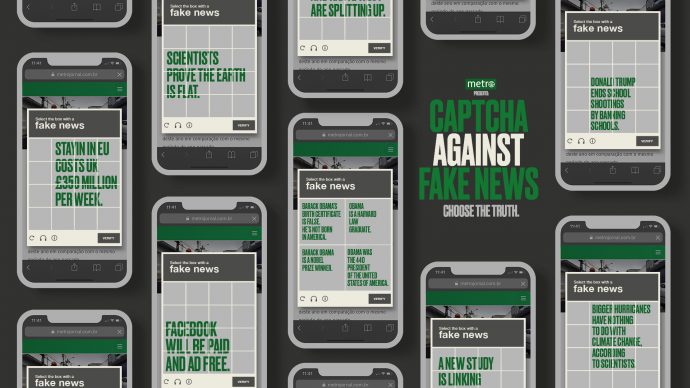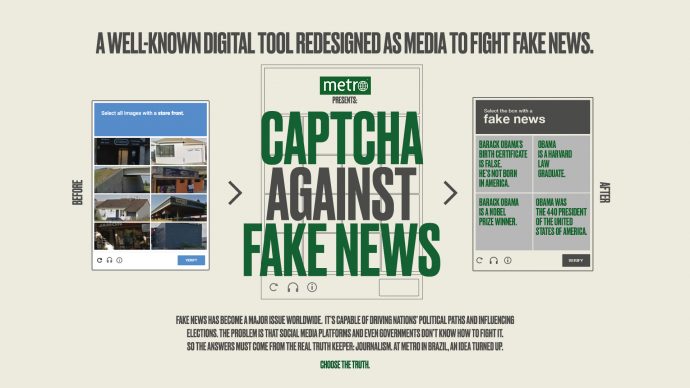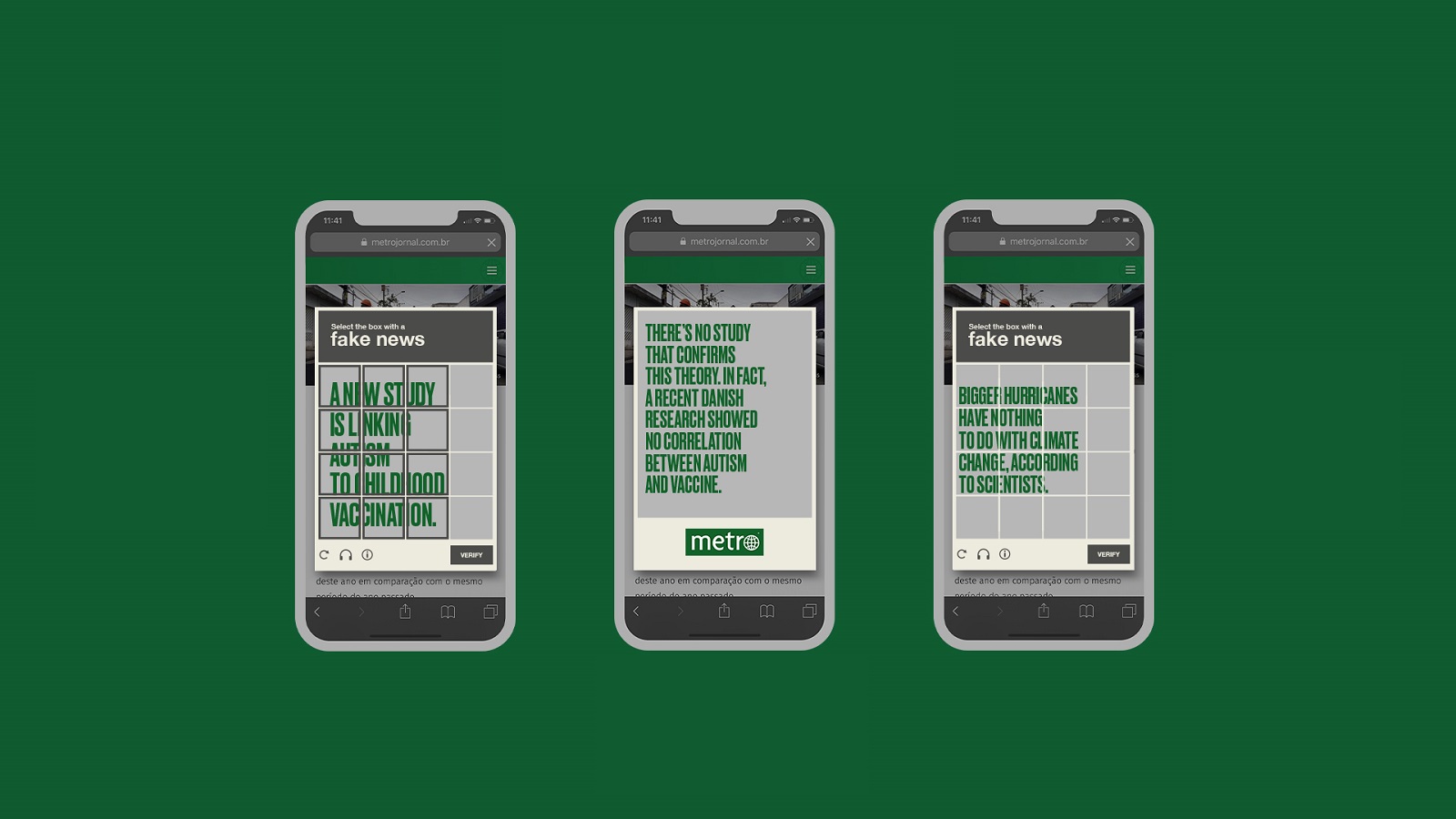Over the past few years, the concept of ‘fake news‘ has been on the rise. While the concept itself isn’t a new one, smartphones, the internet, and social media have given it massive a boost. The misinformation spread at a fast pace and once it gets amplified and distorted, we don’t even know how to tell truth from fake. There are plenty of campaigns around the world that are fighting the concept and people are still finding new ways to tackle false information and violent or extremist content spreading on social media and online.
One good example of such tool that can fight fake news is the News Literacy Project, which developed a new alphabet and titled it #SeeAlltheAngles, while challenging readers to try harder when reading a text in order to find out if it’s fake or real.
The initiative bloomed in the hands of creative people at JWT New York. But it’s their colleagues at JWT Paris who developed yet another campaign that aims to fight fake news: Together with Libération newspaper, the agency designed the world’s slowest search engine. What does this mean? Instead of using Google—which offers millions of results in less than a second—the newspaper listed a bunch of real-life journalists, who tracked down the truth behind any question in approximately 2,5 hours. Why that long? Because they wanted to make sure users would find the truth.

Now, it is time for Metro Brazil to continue this battle of truth. The newspaper wants to help fight this phenomenon that has become a major worldwide issue. So, together with Artplan Agency, the newspaper came up with an ingenious idea that will stop fake news from spreading.
By following Libération newspaper’s footsteps, Metro used modern technology to tackle this issue. Although, in contrast with the Parisian newspaper, the Brazilian one didn’t use humans to make its point. Instead, it used the world-known (and sometimes pretty annoying) ‘captcha’. The tool created to check if you are a robot was completely redesigned on Metro’s website.
So, how does ‘fake news’ captcha work within the online portal? Well, instead of selecting random images, the user must select which image has a piece of fake news. Once they select their answers, there’s a brief explanation that appears accompanied by a true fact. Then, users can move and add their comments. Each day had a new piece of fake news, in order to keep the readers up-to-date and on their feet!

“Journalism is the true guardian of the truth. And everything that can be done to fight fake news is important” sugggests Cláudio Bianchini, Brazil’s Metro president. Zico Farina, Artplan’s Creative Director adds a bit more options that can help in the battle: “Using technology is the best way to fight fake news. And being able to redesign a tool like captcha is a way to use the system at our favor.”
Curious about how Metro’s captcha works? Then hit the metrojornal.com.br website and comment on any news. It’s simple and it is a great way to find what’s real and what is not.
Credits:
Client: Metro
Advertising Agency: Artplan, São Paulo, Brazil
Creative Director: Zico Farina, Marcos Abrucio
Art Director: Ary Nogueira
Copywriter: Rafael Pascarella
Customer Relation Management: Luiz Villano
Production Management: Clariana Regiani
RTVC: Karoline Justino, Patricia Oliva
Production: Bruno Werner
Customer Approval: Cláudio Bianchini, Luiz Rivoiro
Producer: Bossa Nova Films
Director of scene: Chico Gomes
Executive Producer: Eduardo Tibiriça, Sandra Othon
Assembly and Finish: Sefora Rios / Pluma
Production Coordination: Valquiria Pacheco
Customer Relation: Dani Harriz, Kiska Kaysel
Sound Production: Cabaret
